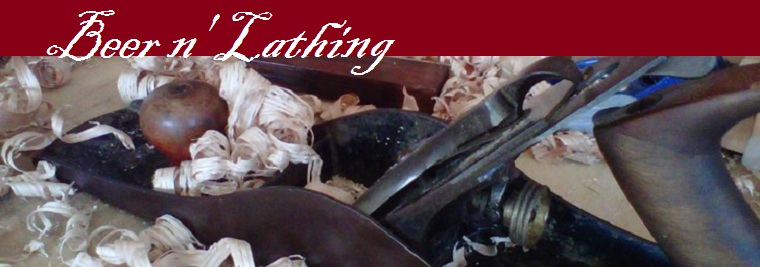I purchased this book in November of 2011 and started to read it around February of 2012. After getting about half way through the volume, I put is aside to gather dust until I recently decided to finish it. It's not the most exciting material I have read, but in all fairness it was originally written in 1976 and wasn't updated for the republishing.
There were some great bits of information to be found in the book, but they are deeply embedded in many layers of text, allowing them to be easily over looked.
There were drawn illustrations to explain the text. More of these would have been nice, and many of them were confusing.
The book is more focused on the hand tools used in the craft than the power tool approach. This is ok for hand tool fans and historians, but I can see why other reviews thought it was out dated. Coincidentally, it was republished about the same time Popular Woodworking seemed to begin focusing more on hand tools.
The back cover also mentions a number of basic projects to practice techniques. After flipping through the book one more time to confirm this, there are no projects.
This was an ok book. I did learn lots of little tidbits that I will use in the future and would probably still reference certain sections of the book when I am looking for specific information. It would be a difficult read for an absolute beginner, and it would probably be very dry for anyone with experience.
It really does have "a little bit of everything" in the realm of woodworking, including sections on: carving, turning, veneering, fence building, doors, and mouldings. There was a lot more, but I think you get the point.
I would probably recommend certain areas of this book as starting points for research, but reading the book from cover to cover is probably unnecessary.
Glad to say I'm finished with it.
